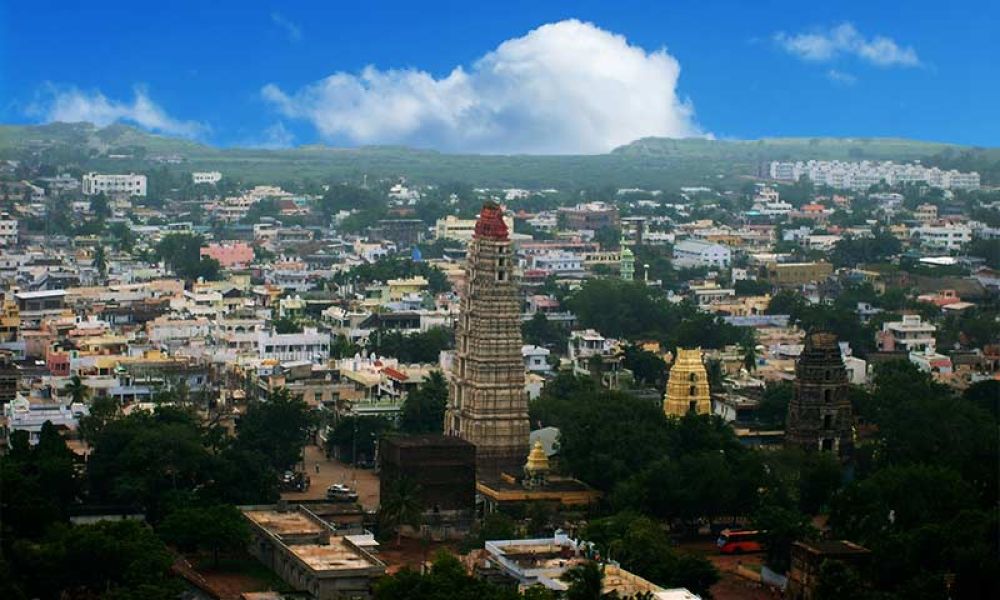

The town of Mangalagiri, located within the Guntur district of Andhra Pradesh, has long been recognized for its religious significance and the prominent pilgrimage site of the Lakshmi Narasimha Temple. The history of tourism in Mangalagiri is intertwined with its religious heritage, which dates back thousands of years. From ancient times, this sacred place has attracted pilgrims and travelers from across the Indian subcontinent, primarily due to its association with various legends and mythologies in Hinduism.
The inception of tourism in Mangalagiri can be traced back to the establishment and continuous development of the Lakshmi Narasimha Temple, an architectural marvel that has stood the test of time. Located on a hill, this temple is believed to have been visited by sages and saints for centuries. The temple's sanctity is derived from the belief that Lord Narasimha, an avatar of Lord Vishnu, has been worshipped here since the Satya Yuga, the first of the four yugas (ages) in Hindu chronology.
Over the years, the influx of devotees led to the development of travel facilities and infrastructure in and around Mangalagiri. The temple's popularity increased manifold when it was famously visited by the great Vaishnava saint, Sri Ramanujacharya, in the 11th century AD. This event highlighted Mangalagiri as a pivotal center for the Vaishnavite tradition, drawing pilgrims devoted to Vishnu from all corners of India.
In the contemporary context, Mangalagiri has expanded its appeal by integrating its religious tours with cultural experiences. The town is also known for its unique textile industry, particularly the Mangalagiri sarees, which have become a significant attraction for both domestic and international tourists interested in traditional Indian weaves.
Climbing the steps to the Lakshmi Narasimha Temple is not only a spiritual journey but also an opportunity for eco-tourism and adventure activities, as the ascent offers panoramic views and a chance to engage with the local flora and fauna. The region's picturesque surroundings have become popular with nature lovers and those seeking a tranquil retreat from urban life.
The celebration of events and festivals such as Brahmotsavams, which occur during February and March, further propel the town's status as a tourist hub. These vibrant festivities showcase the area's rich traditions, performing arts, and craftsmanship, attracting visitors from diverse backgrounds.
The latest trend in Mangalagiri's tourism sector is the development of heritage walks and cultural immersion experiences. These guided tours offer insights into the historical and cultural significances of the town, allowing visitors to connect deeply with its past. Additionally, eco-friendly accommodations and sustainable travel options are becoming increasingly preferred by tourists, in line with global trends towards responsible tourism.
Today, the growth of tourism in Mangalagiri continues to be fueled by its sacred temples, rich cultural fabric, and natural beauty. As a place that has skillfully blended tradition with modernity, Mangalagiri offers a welcoming destination for all types of travelers seeking spirituality, culture, or a peaceful retreat in the heart of Andhra Pradesh.